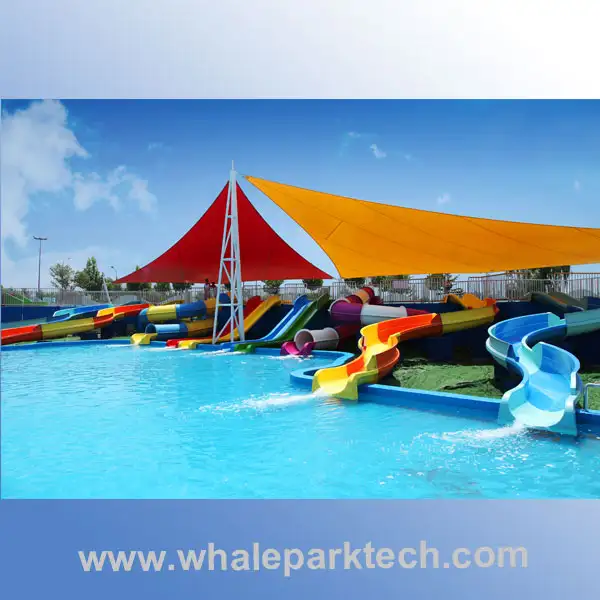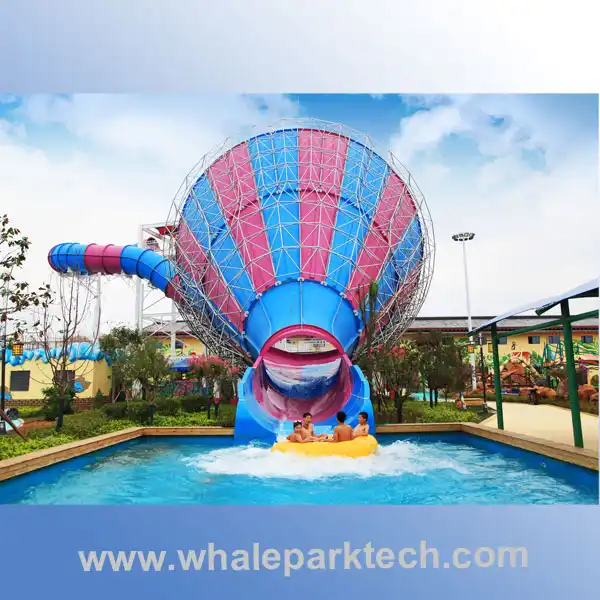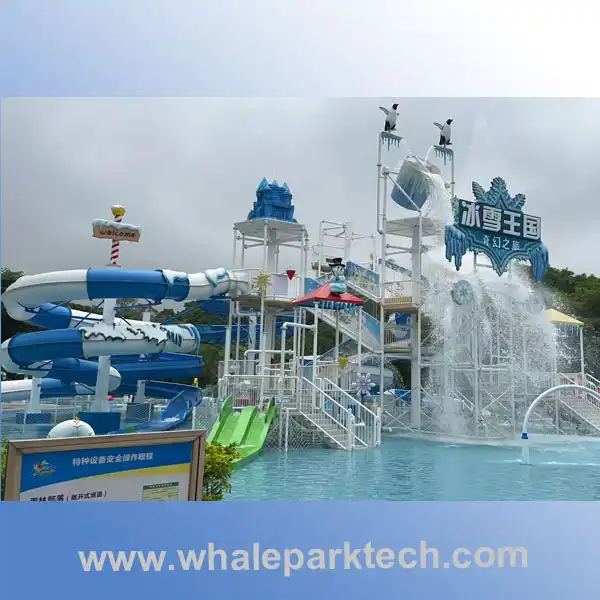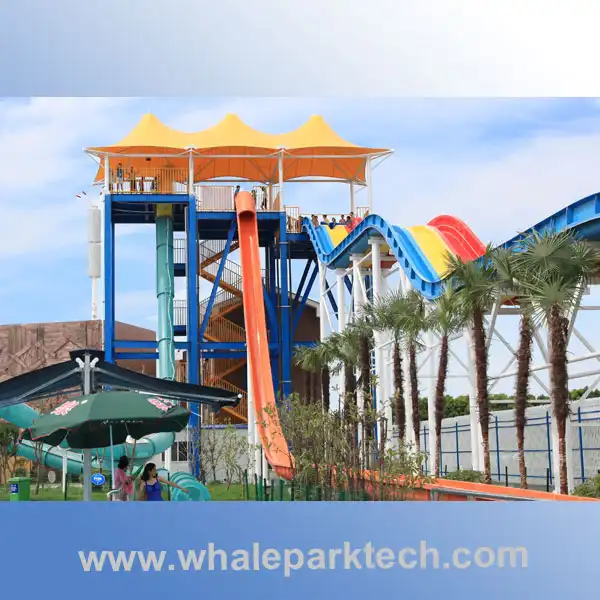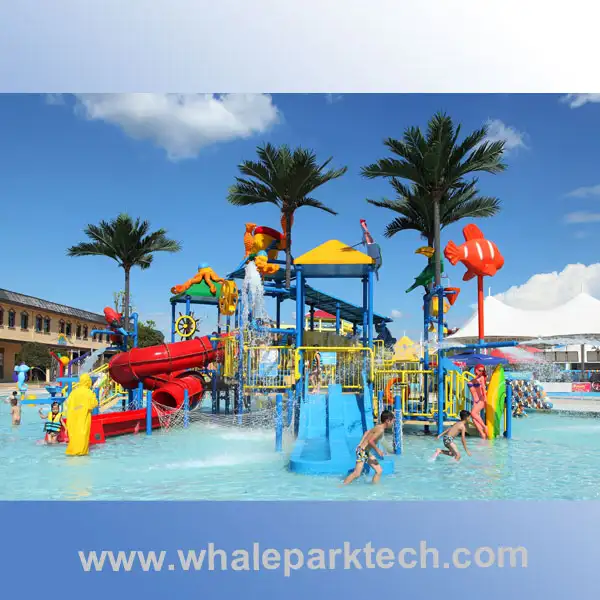Introduction
The Middle East, a region synonymous with luxury and innovation, is rapidly emerging as a global hub for entertainment tourism. With year-round sunshine, booming economies, and ambitious government visions like Saudi Arabia’s Vision 2030, the demand for water park equipment in the Middle East is surging. This article explores the market’s growth drivers, key players, challenges, and future opportunities.
1. Market Overview
Current Size & Projections
– The Middle East water park equipment market was valued at $680 million in 2023 and is expected to grow at a CAGR of 8.2% through 2030 (Statista 2024).
– Key contributors: UAE (35% market share), Saudi Arabia (28%), Qatar (15%).
Demand Drivers
– Tourism Mega-Projects: Dubai’s Aquaventure Waterpark (Atlantis The Palm), Saudi’s Qiddiya (world’s largest entertainment city), and Oman’s Yiti Water Park are driving equipment procurement.
– Climate Adaptation: With summer temperatures exceeding 45°C, water parks serve as essential leisure escapes.
– Family-Centric Tourism: Over 60% of Middle Eastern families prioritize water parks in vacation planning (YouGov MENA 2023).
2. Key Trends Shaping the Market
A. Premiumization & Themed Attractions
– High-net-worth consumers demand luxury experiences, driving adoption of:
– Signature water slides: Multi-loop thrill slides (e.g., Cyclone at Yas Waterworld Abu Dhabi).
– Themed environments: Islamic architecture-inspired play zones or desert oasis designs.
B. Sustainability Integration
– Governments mandate green compliance:
– Solar-powered filtration systems (Dubai’s Green Building Regulations).
– Recycled materials in equipment manufacturing (e.g., fiberglass from repurposed marine waste).
C. Technology-Driven Innovations
– Smart water management: IoT sensors for real-time water quality monitoring.
– Hybrid attractions: VR-enhanced wave pools (e.g., Wild Wadi Dubai testing VR surf simulators).
3. Competitive Landscape
Major Players
1. WhiteWater West (Canada): Dominates 40% of UAE’s high-end projects.
2. Polin Waterparks (Turkey): Key supplier for Saudi’s Neom megaproject.
3. ProSlide Technology (USA): Partners with Dubai Parks and Resorts.
Local Challengers
– Saudi Aqua Fun Factory: Government-backed manufacturer focusing on cost-effective solutions.
– Emirates Leisure: Specializes in modular splash pads for hotels.
4. Challenges & Risks
– High Operational Costs: Energy-intensive cooling systems account for 30-40% of park budgets.
– Cultural Sensitivity: Gender-segregated facilities required in Saudi Arabia and Iran.
– Supply Chain Delays: 60% of equipment relies on European/Asian imports (Gulf Business 2023).
5. Future Opportunities
A. Untapped Markets
– Saudi Arabia: Plans to build 20+ new water parks by 2030.
– Egypt: Focus on Red Sea coastal resorts (e.g., El Gouna Waterworld).
B. Niche Segments
– Medical Tourism Integration: Hydrotherapy equipment for luxury wellness resorts.
– Compact Urban Solutions: Rooftop water parks in cities like Doha and Riyadh.
Conclusion
The Middle East water park equipment market is a goldmine for agile suppliers. Success requires balancing cultural adaptability (e.g., Halal-certified facilities), sustainability, and technological edge. Companies that align with regional mega-projects – such as Saudi’s Diriyah Gate or Kuwait’s Silk City – will ride the wave of this $1.2 billion+ opportunity by 2030.
